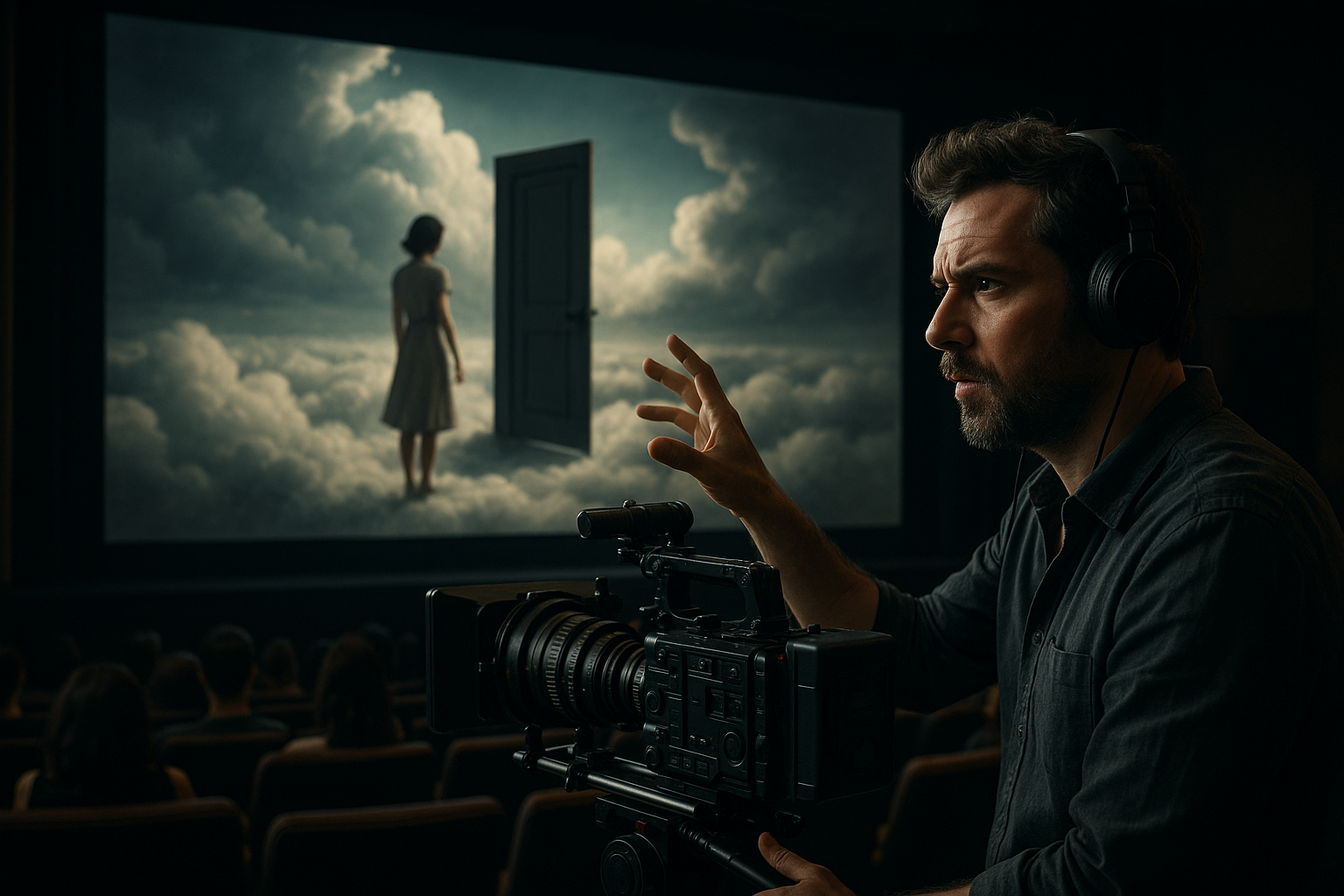Rights management and licensing essentials for creative works
Understanding rights management and licensing helps creators keep control of their work while enabling distribution, localization, and monetization. This overview explains practical steps—covering production, metadata, subtitling, archiving, festivals, streaming, crowdfunding, and collaboration—to help creatives make informed decisions about legal clearance and revenue flows.

How does licensing work in production?
Licensing begins during production when rights are first created or acquired. Clearances for underlying material—music, scripts, stock footage, or performance rights—should be secured in writing to prevent downstream disputes. Filmmaking teams typically assign or license rights through contracts that specify territory, duration, and permitted uses (theatrical, streaming, broadcast). Work-for-hire agreements and contributor releases clarify ownership for collaborators and freelance talent, and should reference any future uses such as merchandising or adaptations.
Planning rights early also supports later distribution and localization. When drafting agreements, include terms for sublicensing and collective licensing where relevant, and document moral rights waivers if jurisdiction allows. Maintaining a central registry of signed agreements and contact details streamlines licensing inquiries during festival submissions, distribution negotiations, or when pursuing crowdfunding backer rewards tied to specific content.
What role does metadata and archiving play?
Accurate metadata and systematic archiving protect rights and improve discoverability. Metadata—credits, contributor roles, rights holders, release dates, and licensing terms—travels with a file and matters for platforms, festivals, and licensing marketplaces. Embedding metadata in master files ensures that when your work moves into distribution pipelines or is localized, the correct ownership and licensing information follows it.
Archiving preserves master files, contracts, original footage, and subtitle files in formats that remain accessible over time. Implement consistent naming conventions and store both preservation copies and working copies. Reliable archiving supports later monetization, enables clear provenance for rights clearance, and is essential when responding to takedown notices or royalty audits.
How to handle localization and subtitling?
Localization and subtitling extend audience reach but require specific rights and quality control. Licensing agreements should explicitly permit translation, dubbing, and subtitle creation, and define who controls localized versions. Subtitling and dubbing contracts should address crediting, approval processes, and payment structures, while localization workflows must preserve original timing, tone, and legal disclaimers.
Use standardized subtitle formats and keep original transcripts alongside translated files to simplify future edits or additional language versions. When distributing to streaming platforms, provide clean subtitle files and localized metadata to improve accessibility and algorithmic visibility.
How to plan distribution and streaming?
Distribution choices—festival circuits, theatrical, retail, AVOD/SVOD streaming—depend on licensed rights and target audiences. Licensing windows (exclusive vs. non-exclusive) and territorial rights determine where and how a work can be shown. Negotiate distribution contracts with clear reporting obligations, payment timelines, and delivery specifications for masters, closed captions, and artwork.
For streaming, ensure agreements specify platform types, revenue share models, and content delivery technicalities. Keep an eye on contract language about promotional uses and platform-specific metadata requirements. Solid documentation and properly formatted deliverables make onboarding to streaming services more efficient and reduce the risk of delivery rejections.
How can crowdfunding and monetization intersect with licensing?
Crowdfunding can fund production but introduces obligations tied to backer rewards and licensing. Before offering exclusive content, limited editions, or distribution rights as perks, confirm you have—or will obtain—the necessary rights to deliver those promises. Intellectual property licensed from third parties may have restrictions on commercial exploitation that affect reward tiers.
Monetization strategies span direct sales, ad-supported streaming, licensing to other platforms, and ancillary sales like soundtracks or derivative works. Track revenue through clear royalty statements, and consider employing rights management platforms or collective management organizations to handle licensing, collection, and royalty distribution.
How to use festivals, analytics, and audience data?
Festivals are commonly used to build visibility and validate a work prior to broader distribution. Submit with accurate rights declarations and complete metadata; some festivals require proof of clearances for music and archival footage. After festival runs, analytics from streaming platforms, social media, and audience surveys inform licensing decisions—identifying regions for localization, optimal platforms for distribution, or potential licensing partners.
Combine quantitative analytics with qualitative audience feedback to refine packaging, marketing materials, and future licensing negotiations. Maintain consent records for any audience data you collect and follow privacy laws when using analytics to inform monetization and distribution strategies.
Conclusion
Effective rights management combines clear contracts, organized metadata, and practical workflows for localization, archiving, and distribution. When licensing terms are thoughtfully negotiated and documented from production onward, creators preserve flexibility for monetization across crowdfunding, festivals, and streaming while protecting relationships with collaborators and rights holders.





